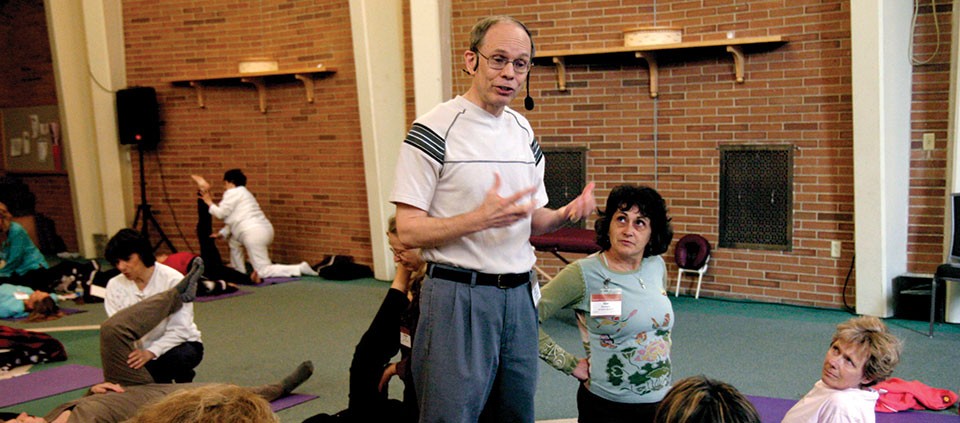The Hip Bone's Connected to the Thigh Bone: Why Positional Release Therapy Works

Do you have aches and pains?
Did the pain originate in one place and then begin to move to other assorted body parts before you could say, "Oh, my aching neck"?
Has the pain caused you to take daily doses of pain relievers or anti-inflammatories?
Is the pain annoying and sometimes even debilitating?
If you have answered yes to any of these questions, I’m not surprised—most people do. The good news is that you don’t have to live with that pain. The body is a magnificent network of moving parts, completely interconnected, and when it comes to pain, 70 percent is muscular in nature. One muscle cannot be stressed or injured without causing some level of discomfort in the surrounding muscles. If you’ve ever sprained your right ankle, only to discover a week later that your left hip is bothering you, then you understand. When one part of the body suffers, the rest of the body runs to its aid under the guise of support and protection. While this may be a necessary protection, the result can be an unbalanced network of muscles, ligaments, tendons, and bones. Injury, repetitive stress, and compensation all create pain that can manifest as sleeplessness, difficulty concentrating, headaches, or migraines. And so begins my story.
Fifteen years ago, I was in a car accident. I had no bumps or bruises and appeared to be okay … until the migraines started and then persisted. I tried every possible alternative therapy but found no relief from these weekly migraine explosions. After three years of suffering and searching, I discovered an effective and simple technique that immediately eliminated my pain and discomfort. The physical therapist that performed this feat did so in one session—a true and lasting miracle. As a massage therapist, I decided to master and share this healing technique with as many people as possible so that they, too, could experience relief. The therapy is called Positional Release.
Positional Release positions the pained muscle fibers in such a way that they can "rest and reset" the muscle network, effectively bringing the body back to wellness. While my migraines and my pain originated from the trauma of a car accident, daily repetitive movements (typing) and habitual positions (sitting in a car) frequently cause the same results: spot-specific pain, such as a knot, and/or radiating pain, such as a migraine.
My ultimate goal is to relieve pain—and since I can’t get to everyone, I’ve created an easy-to-learn approach to Positional Release Therapy that enables you to heal yourself with simple exercises, knowledge of basic body mechanics, and the use of everyday props. As I mentioned, this therapy can manifest long-term results; your relief lasts until you do something to make the muscles sore again. As such, I teach you how to perform daily activities with little or no discomfort, so that your pain relief is long lasting. Positional Release balances and heals the brilliantly connected map of muscles that give strength to your body and power to your life.
Find out about upcoming programs with Lee Albert at Kripalu.
This article is excerpted from Live Pain-Free without Drugs or Surgery, by Lee Albert.
Lee Albert, NMT, creator of Integrated Positional Therapy, is an author and a neuromuscular therapist and yoga instructor trained in orthopedic massage, positional therapy, and yoga therapy.
Full Bio and Programs